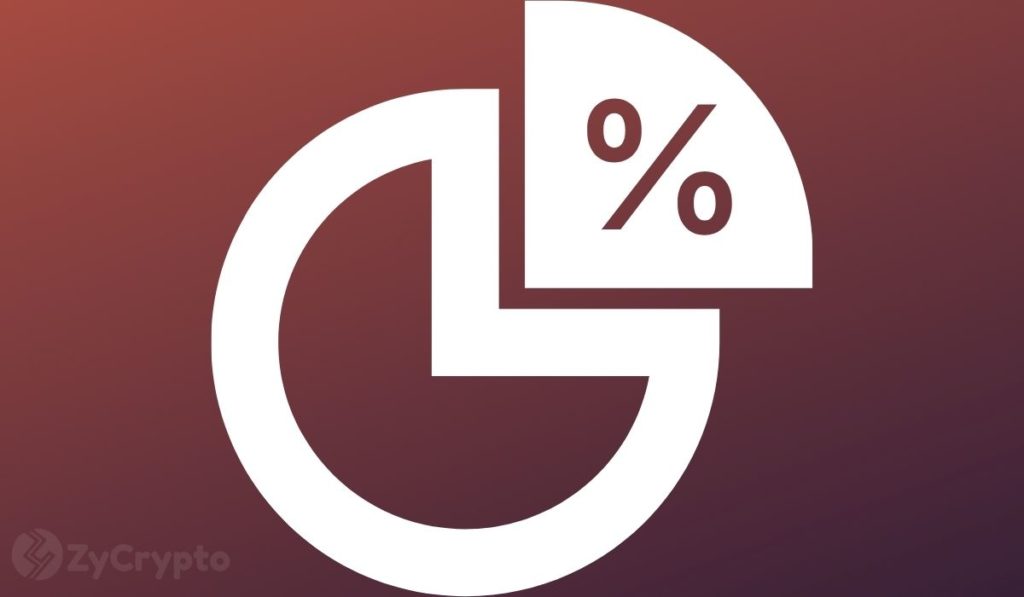
2024-10-18 17:59 |
On October 16, Italian Deputy Economy Minister Maurizio Leo announced these adjustments at a press conference in Palazzo Chigi. He spoke about the government’s recently approved budget plan, highlighting the proposed increase in capital gains taxes on Bitcoin.
“We are proposing to increase the withholding tax on Bitcoin capital gains from 26% to 42%,” Leo said. In the 2019 budget, Italy proposed a number of tax revisions, including this one.
In addition to the Bitcoin tax increase, the Italian government plans to remove the revenue thresholds for the DST. The tax was previously only imposed on businesses with global sales of at least €750 million and digital service revenues in Italy of at least €5.5 million.
Leo stressed that these thresholds would be removed in the new bill, allowing the tax to be applied to more domestic digital service providers. “On the web tax, we are working to remove the ceiling of €750 million globally and €5 million in Italy,” he explained.
Italy’s Budget for 2025: Funding from Banks and InsuranceThese tax revisions are part of the Italian government’s larger goal of balancing the budget by 2025. The €30 billion ($33 billion) budget will be mostly supported by charges on banks and insurers. The new measures are likely to generate significant income, with the government projecting a €3.5 billion collection from financial institutions.
Prime Minister Giorgia Meloni confirmed on October 15 that the funds raised would be directed toward improving public services and supporting the country’s most vulnerable populations. She promised the populace that no new taxes would be levied against them and that the money earned would go toward improving social welfare and healthcare. The proposed budget, including these tax changes, still requires approval from the Italian parliament. A final vote is expected before the end of the year.
The nation has already changed its bitcoin tax laws in recent years. As part of the 2023 budget, the Senate increased the capital gains tax on cryptocurrency trading to 26% for transactions over €2,000 in late 2022. Italy’s shifting strategy to regulate the quickly expanding digital economy continues with these latest suggestions.
European Crypto Regulations Seek Balance in Innovation and SecurityThe latest European cryptocurrency regulations provide a comprehensive framework for balancing innovation and cyber protection. These policies primarily aim to tighten Know Your Customer (KYC) and anti-money laundering (AML) standards, as well as to improve transparency and safety in cryptocurrency marketplaces.
The legislation also focuses on the issuance and trade of digital assets, providing crypto firms with clearer standards for compliance. This regulatory revamp is projected to have an influence on not only financial institutions but also tech companies and blockchain innovators, posing both problems and chances for growth. The revised tax policies may have an impact on investing strategy.
Due to more stringent compliance standards, the regulations may make it harder for cryptocurrency businesses to operate, even though they are expected to boost investor trust and enhance market stability. Nonetheless, the long-term goal of creating a crypto environment that is safer and more dependable might draw in more institutional investors. According to several industry insiders, the actions are a crucial step toward cryptocurrencies becoming widely accepted in Europe.
The decision indicates a rising desire among European officials to create a more controlled environment for digital money, aligning it with traditional financial systems. The legislation is set to change Europe’s cryptocurrency ecosystem by balancing innovation with the requirement for responsibility and security. Overall, these moves represent a substantial shift in how cryptocurrencies are governed in the European Union, potentially setting a precedent for other countries.
origin »First Bitcoin Capital (BITCF) на Currencies.ru
|
|






















